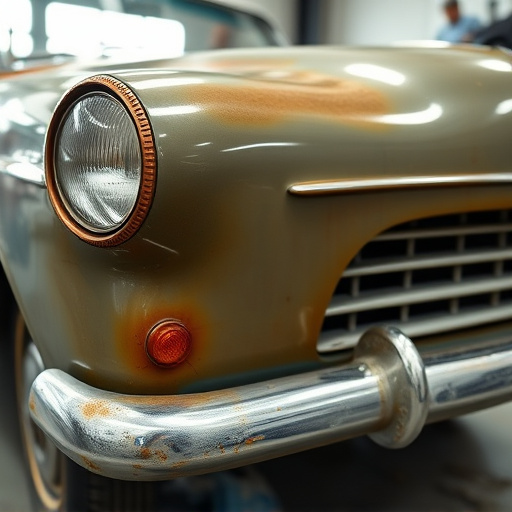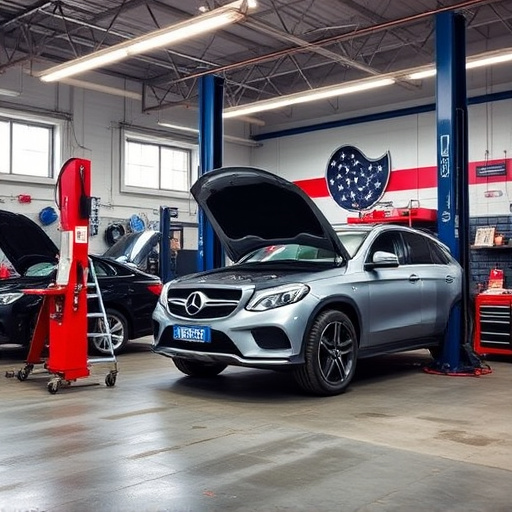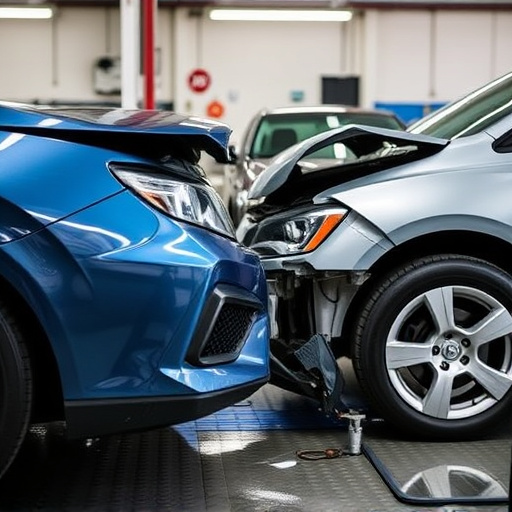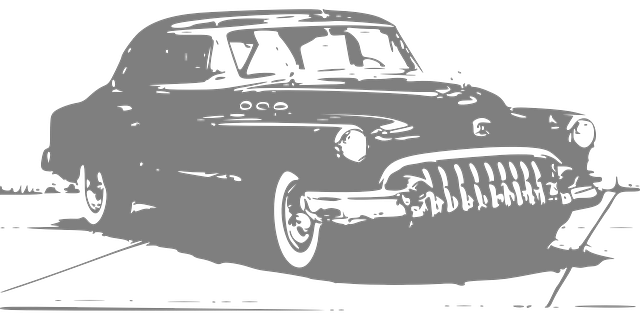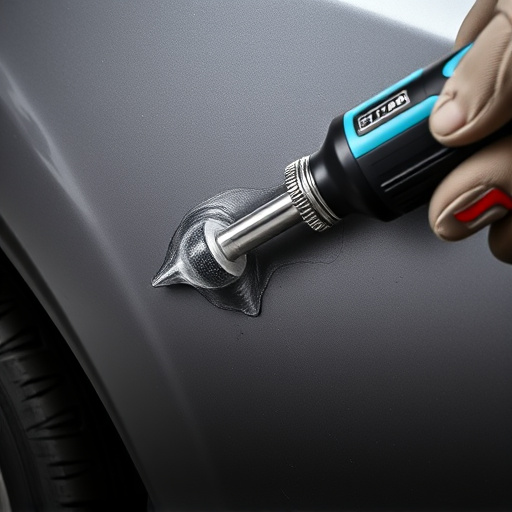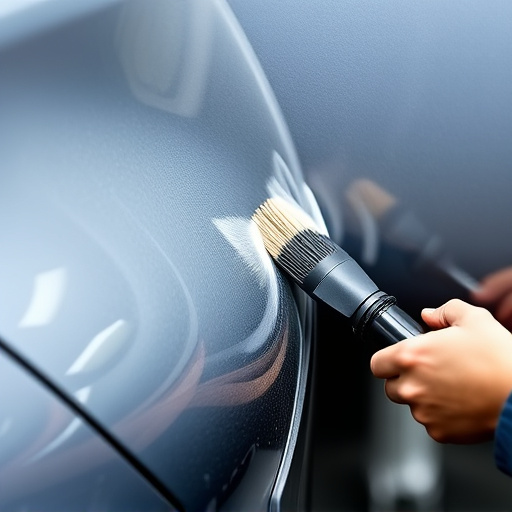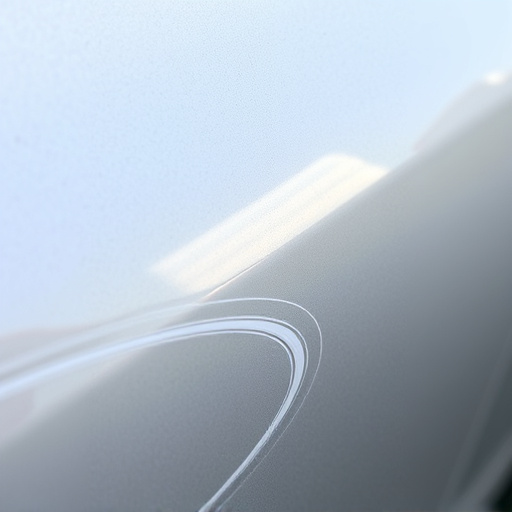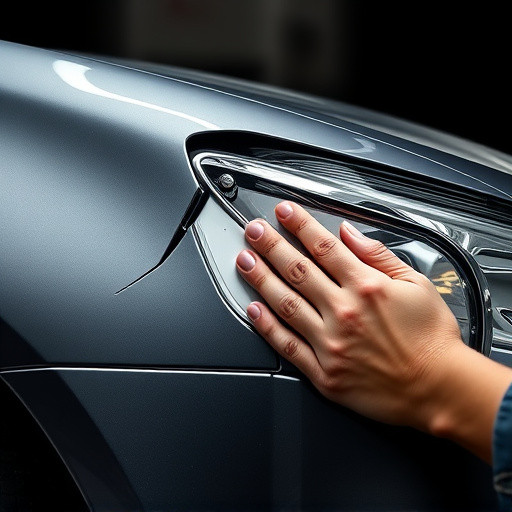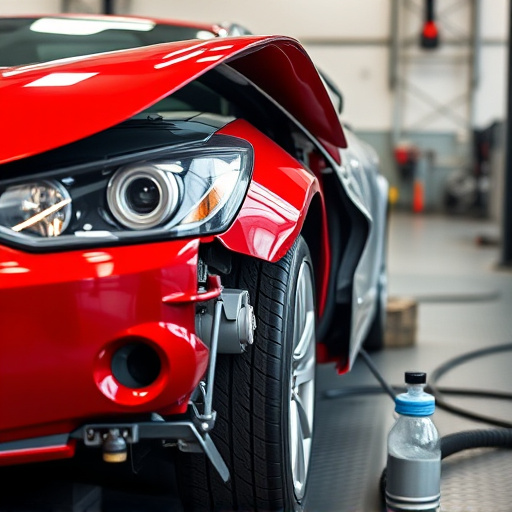DIY dent repair offers cost savings for minor cosmetic fixes but requires specific tools and materials. Professional dent repair techniques use advanced equipment and expertise for complex scenarios, preserving factory finishes or replacing damaged body panels. While DIY seems appealing for small dents, professional services provide quicker, superior results and avoid hidden costs associated with at-home tools and training for severe damage.
“Considering whether to tackle that pesky dent in your car’s paint yourself or seek professional help? This article guides you through the world of dent repair, breaking down DIY and professional techniques. From the tools needed for a DIY approach to advanced restoration methods employed by experts, we explore each option. Additionally, we delve into cost comparisons to help you decide. Learn about dent repair techniques and choose the best path for your vehicle’s needs.”
- DIY Dent Repair: Tools and Materials Needed
- Professional Techniques: Advanced Restoration Methods
- Cost Comparison: DIY vs. Professional Services
DIY Dent Repair: Tools and Materials Needed

DIY dent repair is a popular choice for those looking to save costs on their vehicle’s cosmetic fixes. Before beginning, there are several tools and materials needed to achieve a professional-like result. The most basic set includes a hammer, putty knives, and a dent puller—a specialized tool designed to remove dents by using air pressure or hydraulic action. Additionally, you’ll require various types of filling compounds, primers, and paints that match your vehicle’s color for a seamless finish.
For more complex dents, especially those close to the edges of panels or involving auto glass replacement, specific tools like door jambs, clamps, and plastic shavers might be necessary. Even though DIY dent repair can be cost-effective, it requires patience, precision, and an eye for detail. Moreover, for tire services and vehicle repair work that involves intricate metalwork or complex panel replacements, professional expertise is often the safer and more reliable option.
Professional Techniques: Advanced Restoration Methods

Professional dent repair techniques employ advanced restoration methods that go beyond simple patching and painting. Skilled technicians utilize specialized tools and precision-engineered materials to address various dent repair scenarios, from minor dings and dents to significant crashes. These methods include PDR (Paintless Dent Repair), which avoids sanding and repainting by gently pushing out damaged areas from the inside, preserving the original factory finish of the vehicle body repair.
For more severe cases, professional technicians might employ traditional methods involving cutting, shaping, and replacing sections of the car body panel. They work meticulously to ensure structural integrity and seamless fit, often utilizing advanced equipment like laser measuring devices for accurate dimensions. The end goal is not just to fix the dent but to restore the vehicle to its pre-accident condition, ensuring both aesthetic appeal and long-term safety in the process of car repair shop procedures.
Cost Comparison: DIY vs. Professional Services

When comparing DIY dent repair techniques with professional services, one of the most significant factors is cost. While DIY methods can seem like an attractive, cost-saving option for minor dents and dings, the long-term expenses often outweigh the initial savings. Tools, kits, and materials for at-home repairs can accumulate a substantial investment over time, especially if multiple incidents occur.
In contrast, professional dent repair services offer a more straightforward and often cheaper solution, particularly for severe or complex damage. Collision repair shops and auto body technicians have access to specialized equipment and expertise that DIY methods struggle to match. This results in faster repairs, higher quality outcomes, and fewer hidden costs associated with acquiring the necessary tools and skills.
When it comes to dent repair techniques, both DIY approaches and professional services have their merits. While DIY methods offer cost-effectiveness and accessibility with tools readily available, professional dent repair provides advanced techniques and guaranteed results. The choice depends on your skill level, budget, and desired outcome. For minor dents, DIY kits can be a viable option, but for extensive damage or complex shapes, professional restoration is often the best course of action to achieve a seamless, factory-like finish.

